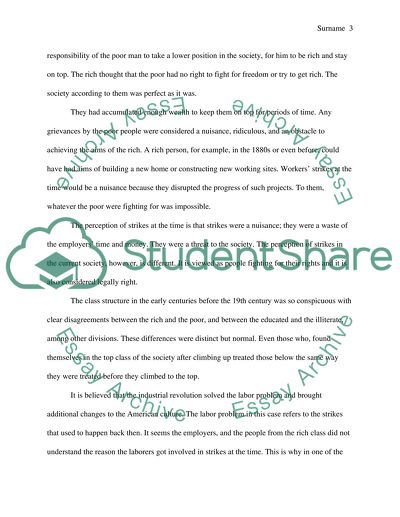Cite this document
(“Final Exam Essay Example | Topics and Well Written Essays - 2000 words - 3”, n.d.)
Final Exam Essay Example | Topics and Well Written Essays - 2000 words - 3. Retrieved from https://studentshare.org/history/1644154-final-exam
Final Exam Essay Example | Topics and Well Written Essays - 2000 words - 3. Retrieved from https://studentshare.org/history/1644154-final-exam
(Final Exam Essay Example | Topics and Well Written Essays - 2000 Words - 3)
Final Exam Essay Example | Topics and Well Written Essays - 2000 Words - 3. https://studentshare.org/history/1644154-final-exam.
Final Exam Essay Example | Topics and Well Written Essays - 2000 Words - 3. https://studentshare.org/history/1644154-final-exam.
“Final Exam Essay Example | Topics and Well Written Essays - 2000 Words - 3”, n.d. https://studentshare.org/history/1644154-final-exam.


